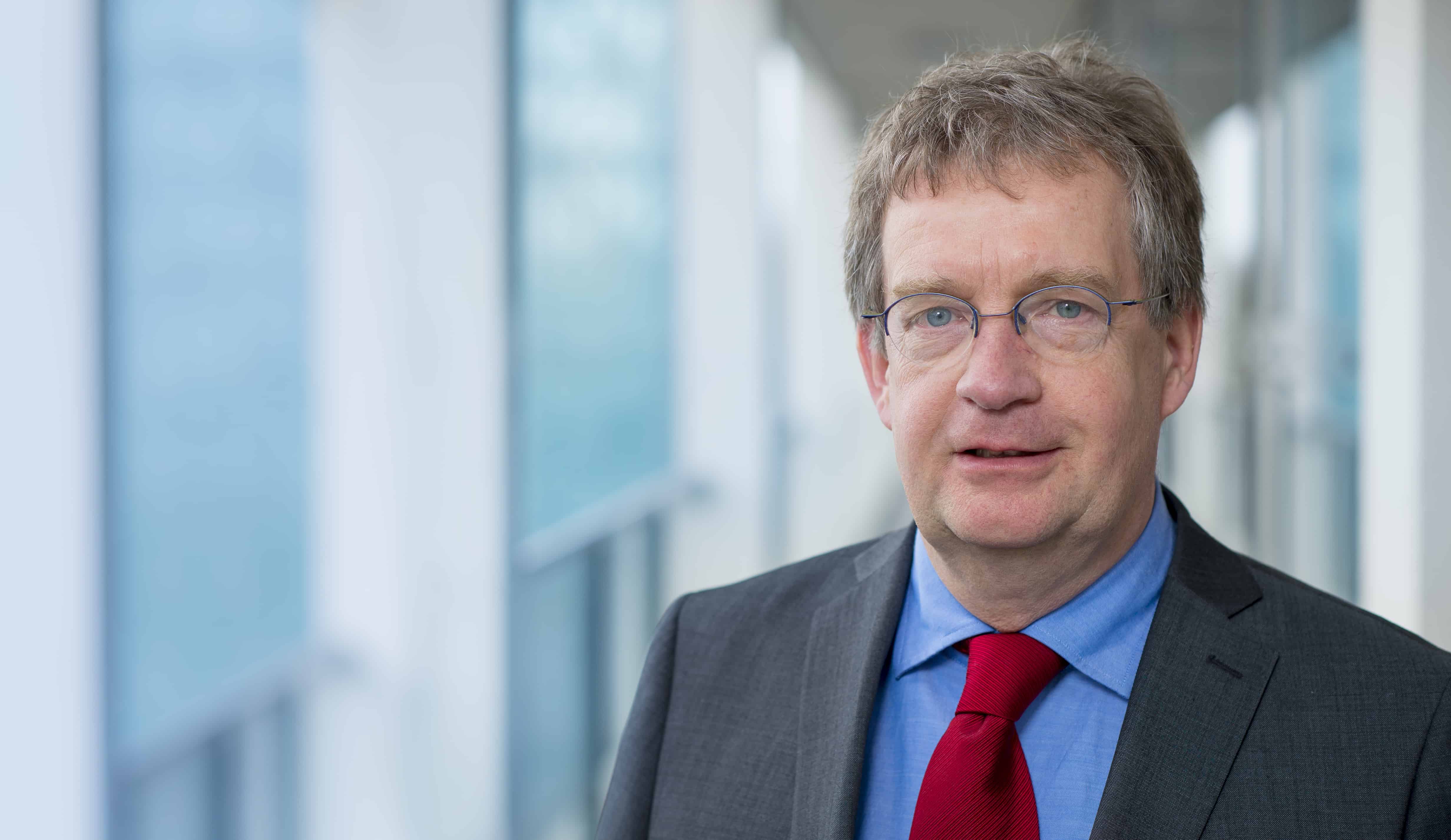
The Human Performance Management Lab, the Photonics and Semiconductor Nanophysics Lab, the Turbulence and Vortex Dynamics Lab, the Magnetic, electrical & structural nanocharacterization Lab, the Science and Technology of Nuclear Fusion Lab. An arbitrary cross-section of the laboratory range on the TU/e campus. In total, there are no less than 54 laboratories – and the beauty is: many of them can also be used by people and companies from outside the university.
All 54 TU/e-laboratories were collected on a website earlier this year. Not only does the list provide insight for the outside world into the diversity of research carried out at the TU/e, but the list is also a concrete invitation to use it.
Which laboratories are located in the individual campus buildings, who is allowed to use them, who are the lab administrators, what facilities are available and what type of research is being carried out? The visitor of the site receives the answers to these questions.
For example, at the Darcy Lab in Gemini, it states that “it offers unique MRI facilities specially equipped to investigate the properties of technologically porous materials”. On the High Capacity Optical Transmission Lab, it says that it facilitates research into innovative fiber optic cables that allow larger volumes of data to be sent. The fourteen largest laboratories are described in detail. The remaining forty are briefly listed with the name of the lab administrator and a link to the lab’s website.
Lisette Appelo, a research policy officer at the General Affairs Department, was the project leader responsible for raising awareness of the research facilities and the research carried out there. “We want to make it clear, for both people inside and outside the TU/e, what kind of special facilities we have here. It is also not known to everyone which labs are accessible to whom, even from outside the campus. We hope that people will now find it easier to find each other.”
Difficult to find
There was a half year between idea and execution, in which, according to Appelo, most of the time was spent in the inventory. She carried out this work with Trang Kager-Nguyen, who also worked for the General Affairs Department. “I quickly found out that the information was difficult to find. And it was not always immediately clear who the lab administrator was.”
The realisation of the website was carried out by marketing communications specialist Marc Rosmalen and content manager Heidy Keepers of the Communication Expertise Centre. Rosmalen: “We wanted to emphasise the special features of the labs. The set-up of some of the laboratories is unique in the Netherlands or even in the world. We have coordinated the texts with the scientists concerned so that they also support the content.”
The aim is to keep the site constantly up to date, which in itself will be a big job. Appelo: “We want to update the site extensively once a year anyway. In the coming period, we will determine whether and where we can add to the details or broaden our scope. For example, we are going to see if we can give the living labs, such as those at the ‘market hall’ of MetaForum, a place as well.”
Source: TU/e Cursor
Photo ICMS Lab, Bart van Overbeeke








